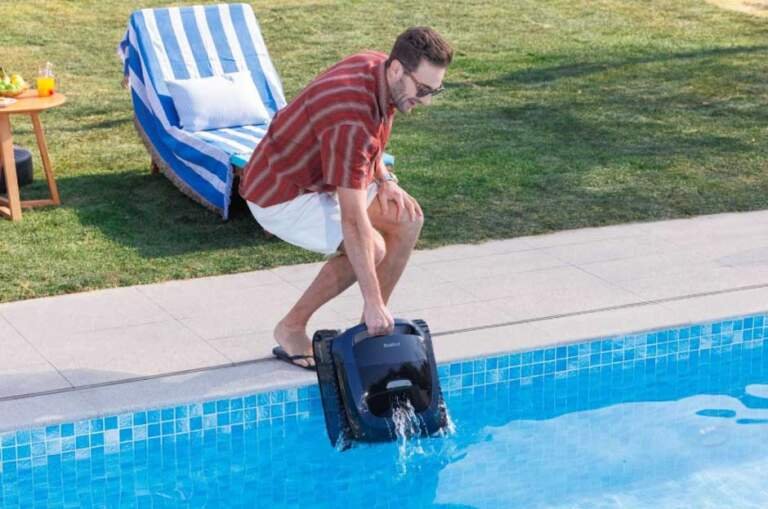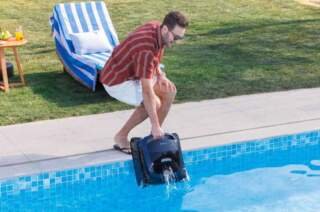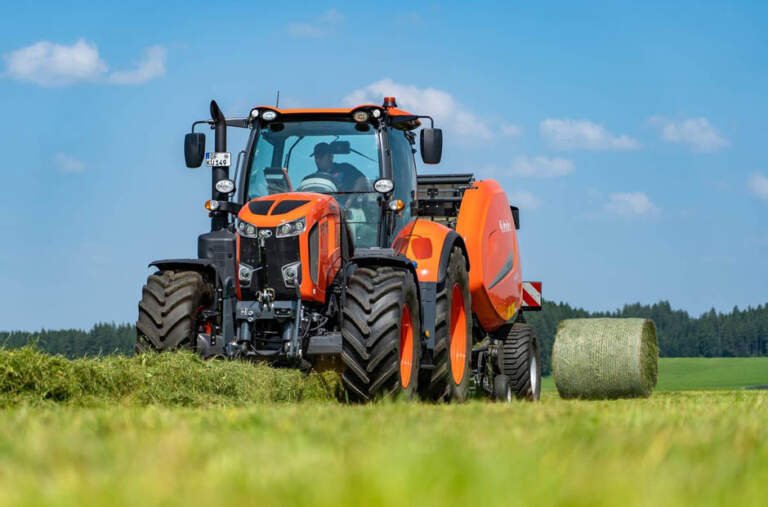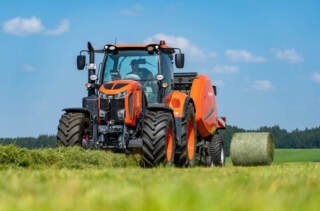In today’s world, technology blends smoothly with education. Educational robotics is a new frontier, making a big impact in many areas, including conservation. When we think about conservation, we often focus on wildlife protection, habitat restoration, and awareness campaigns. But using robotics in these efforts is a game changer, especially for a bird of prey species.
Imagine a future where young learners use robotics to help conserve hawks, eagles, and kestrels. This blend not only enhances learning but also empowers the next generation to actively protect our planet.
The Importance of Conservation for Bird of Prey Species
Birds of prey, like owls, eagles, and hawks, are vital for ecological balance. They are top predators that control rodent populations and other small animals. This helps keep ecosystems healthy. However, many of these species face threats. Habitat loss, human encroachment, and climate change harm their survival.
How Educational Robotics Can Aid in Conservation
Using educational robotics in conservation efforts creates new ways to monitor and protect birds of prey. Here are several ways in which robotics enhances conservation efforts:
Remote Monitoring
Drones and robotic systems equipped with cameras and sensors can cover large areas of land and water. They capture vital data on bird populations and habitats without disturbing local ecosystems.
This helped them find habitats that needed protection. This non-intrusive method keeps the natural behavior of birds and wildlife intact. It gives scientists accurate insights into their habits and habitats.
Data Collection
Robotics can gather data on nesting sites. They track the number of eggs laid, chicks hatched, and fledglings flown. They also monitor food availability by scanning for signs of scarcity or abundance.
Environmental conditions, like temperature, humidity, and wind patterns, are also checked. This information helps us understand raptor behavior and needs. Ornithologists have used robotic systems to study hawks and eagles’ migratory patterns.
Engagement and Education
Robotics programs in schools can connect students with local wildlife. This fosters responsibility and involvement in conservation. By joining robotics projects, students design and build robotic systems.
They collect data on local bird species and their habitats. This hands-on work sparks curiosity and builds ownership. It encourages the next generation to protect the environment.
For example, a robotics program in a California school created a bird-friendly habitat. This provided a safe space for local birds and a learning opportunity for students.
Remote Monitoring Through Robotics
Remote monitoring marks a big step in conservation technology. Drones with high-resolution cameras and thermal imaging help us watch bird populations safely. This method provides insights into their habitats and behaviors without invasive field studies.
Data-Driven Conservation Efforts
Using educational robotics in conservation projects boosts data collection. It also helps students learn science more effectively. Robotics can make automated data loggers.
These loggers monitor environmental factors in a raptor’s habitat. They track things like temperature and humidity.
Successful Integrations
Successful implementations of educational robotics can be observed in numerous conservation programs globally. For example, the World Wildlife Fund recently partnered with local schools to create a program that utilizes robotic kits to investigate the nesting habits of local raptors.
Students worked with the robots. They also did hands-on activities like habitat mapping and species identification.
Partnerships, like the one between the World Wildlife Fund and Studica Robotics, show how education helps conservation. Engaging curricula allow students to create robotics projects that address real conservation issues.
This method helps develop critical thinking and problem-solving skills. It also fosters a sense of responsibility for the environment.
Building Skills for the Future
Using educational robotics engages students and builds important STEM skills for their future jobs. As they design and build robots for conservation, they learn about ecology, teamwork, and creative thinking.
Connecting robotics classrooms with conservation projects helps create a motivated generation. This generation will be ready to tackle environmental challenges.
The Role of Educators
Teachers play a pivotal role in integrating educational robotics into conservation efforts. By using these technologies in their lessons, teachers give students the knowledge and skills needed for today’s conservation practices. Training workshops focusing on robotics, coding, and ecological principles can empower educators effectively.
Overcoming Challenges and Limitations
While the potential of educational robotics in conservation is vast, challenges do exist. Funding limitations can hinder the acquisition of necessary robotics equipment, and not all schools have access to technology. Additionally, there may be resistance to new teaching methodologies. However, solutions are emerging as community organizations and educational institutions collaborate to develop affordable robotic kits and programs designed for schools.
Community-based initiatives focusing on inclusivity can help bridge the technology gap in education. Organizations such as Coding for Kids provide resources and training to schools, ensuring that students from varying socio-economic backgrounds can participate in robotics programs.
Engaging the Community
Community involvement is key to successful conservation efforts, especially for birds of prey. Educational robotics engages students and connects them to the community.
Local workshops can showcase student projects. These events can attract families and community members. They help raise awareness and build a culture of conservation.
Schools can host events that focus on robotics and conservation. This way, they can spark conversations about protecting local wildlife. Exhibitions featuring student work, like field studies and robotics, can draw in community partners and sponsors. This support boosts local conservation programs.
The Future of Educational Robotics in Conservation
As technology evolves, so does the potential for educational robotics in conservation. Future advancements may include more sophisticated drones capable of performing advanced data analysis or creating robotic assistants that can simulate environmental impacts on bird populations. These innovations promise to transform how we approach conservation.
Inspiring Future Generations
The main goal is to boost conservation efforts. But we must also inspire future generations. Students who work with robotics on environmental issues build empathy and respect for nature.
They gain important skills like critical thinking, teamwork, and technical knowledge. These qualities will help them throughout their lives.
A Synergy of Education and Conservation
Using educational robotics in conservation efforts is a great way to help protect important bird of prey species. We engage students in hands-on projects with the latest technology. This helps nurture their passion for preserving the environment.
Through collaborations with organizations like Studica Robotics, we champion a brighter, more sustainable future. Now is the time to invest in education that empowers the next generation of conservationists.
For more helpful tips, check out the rest of our site today.











